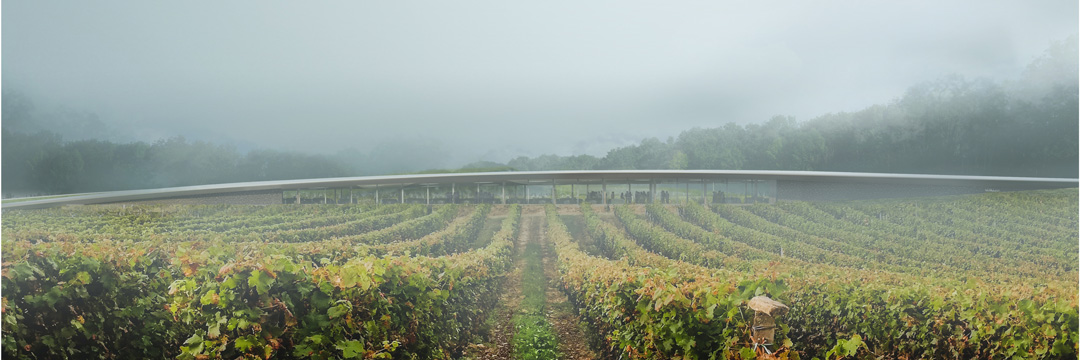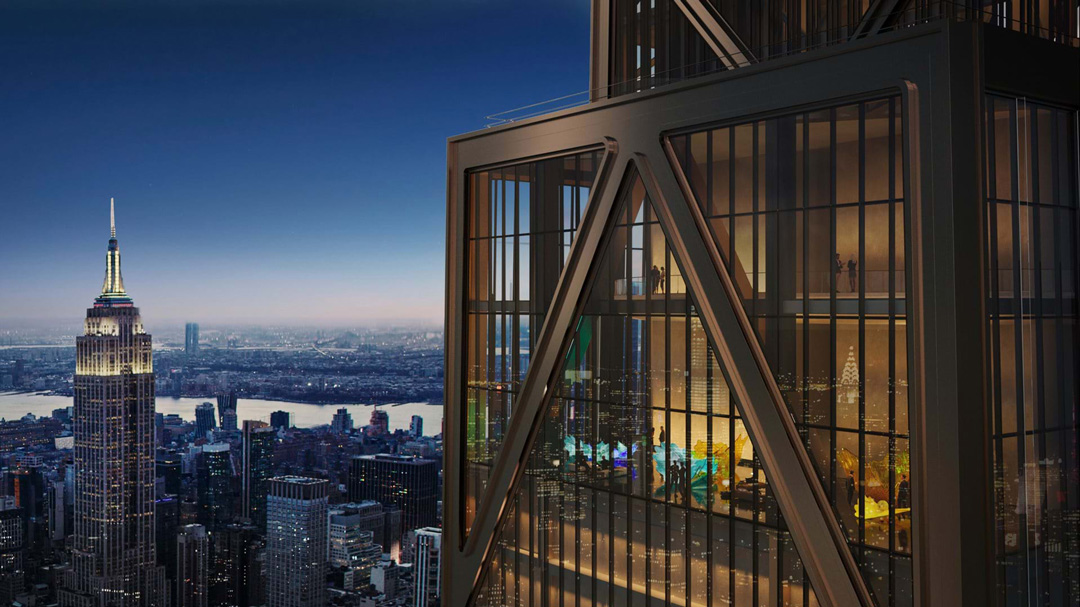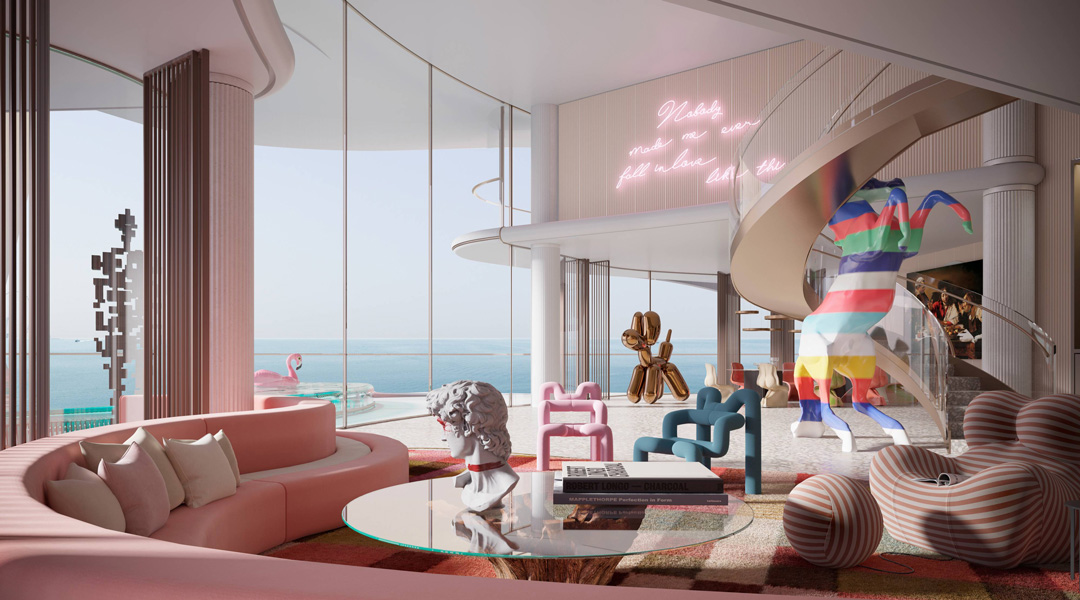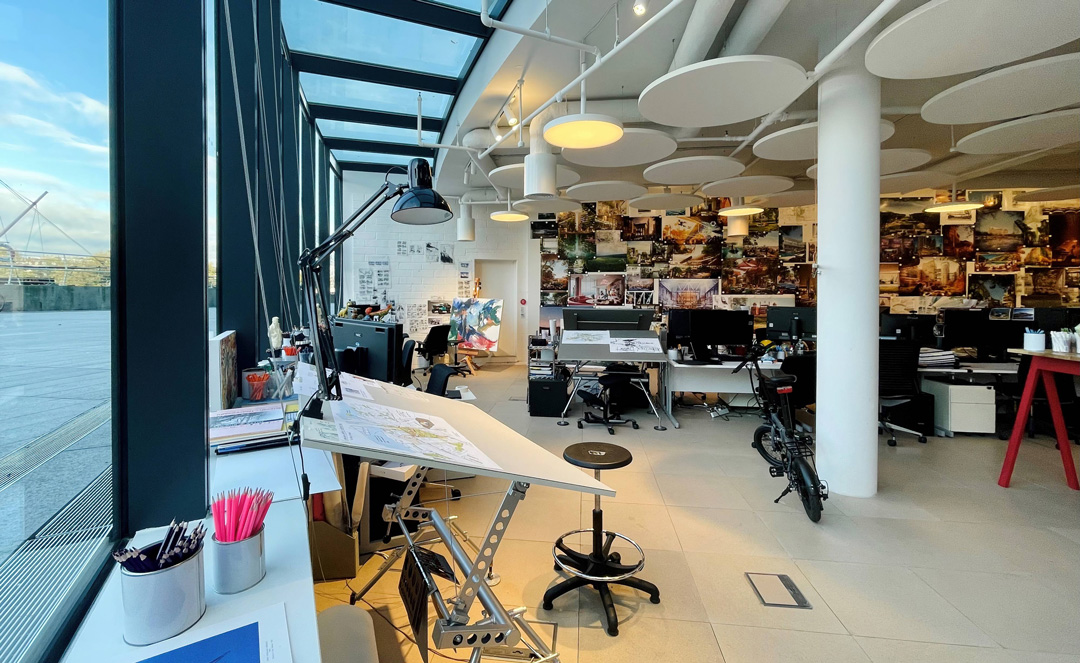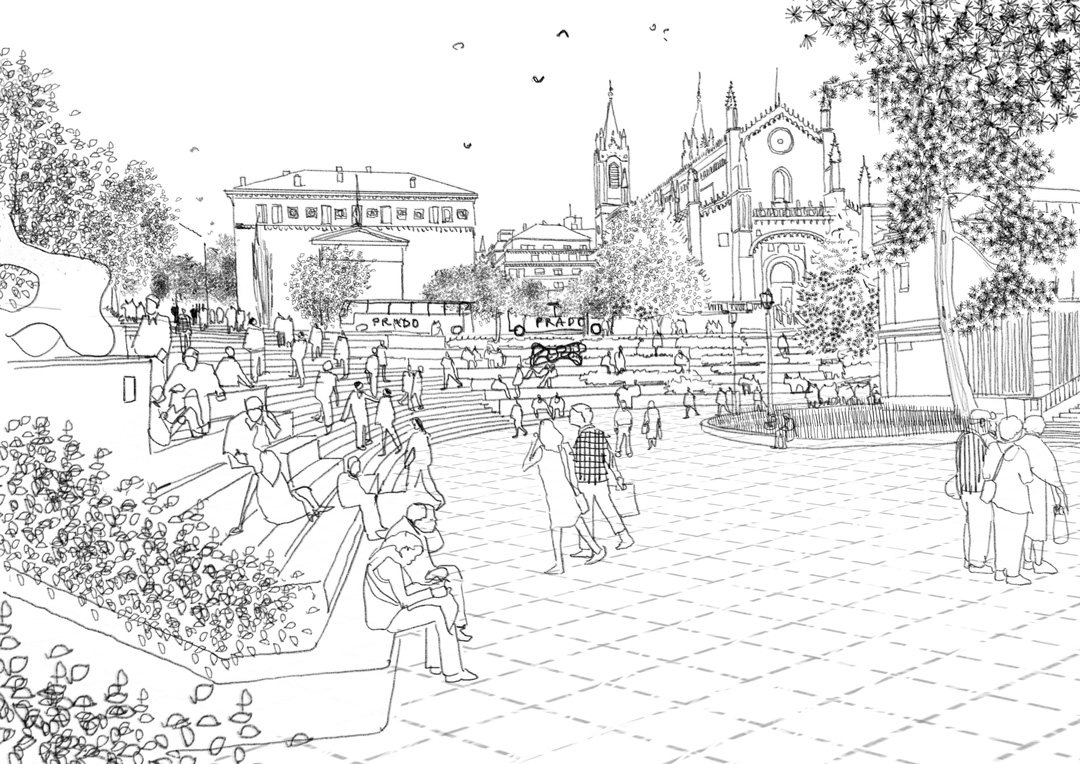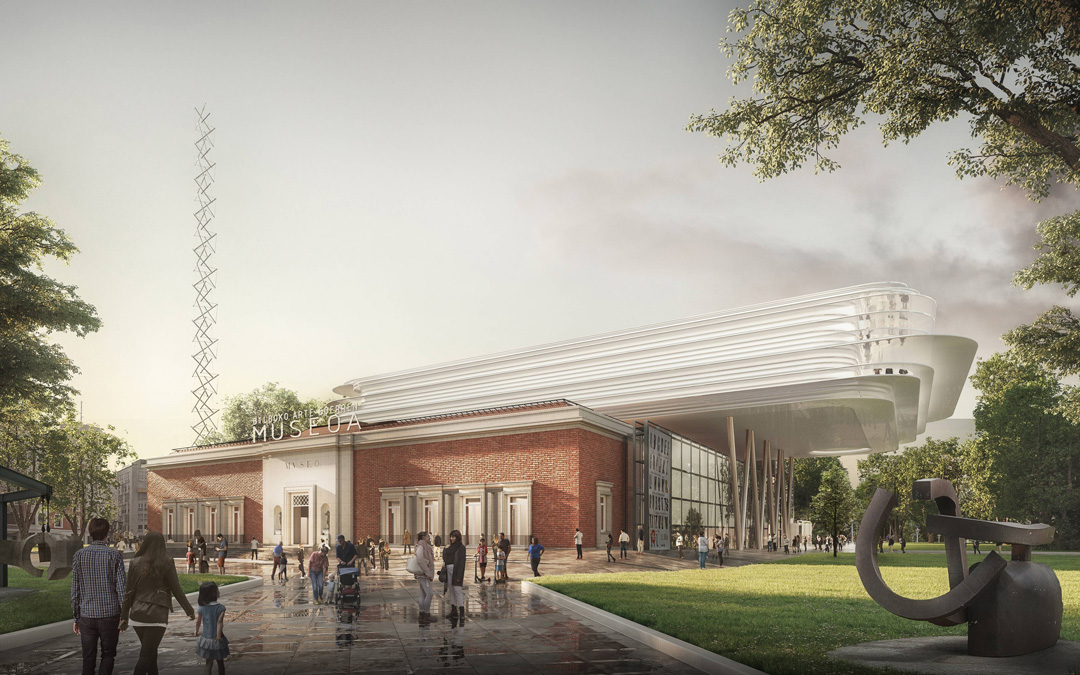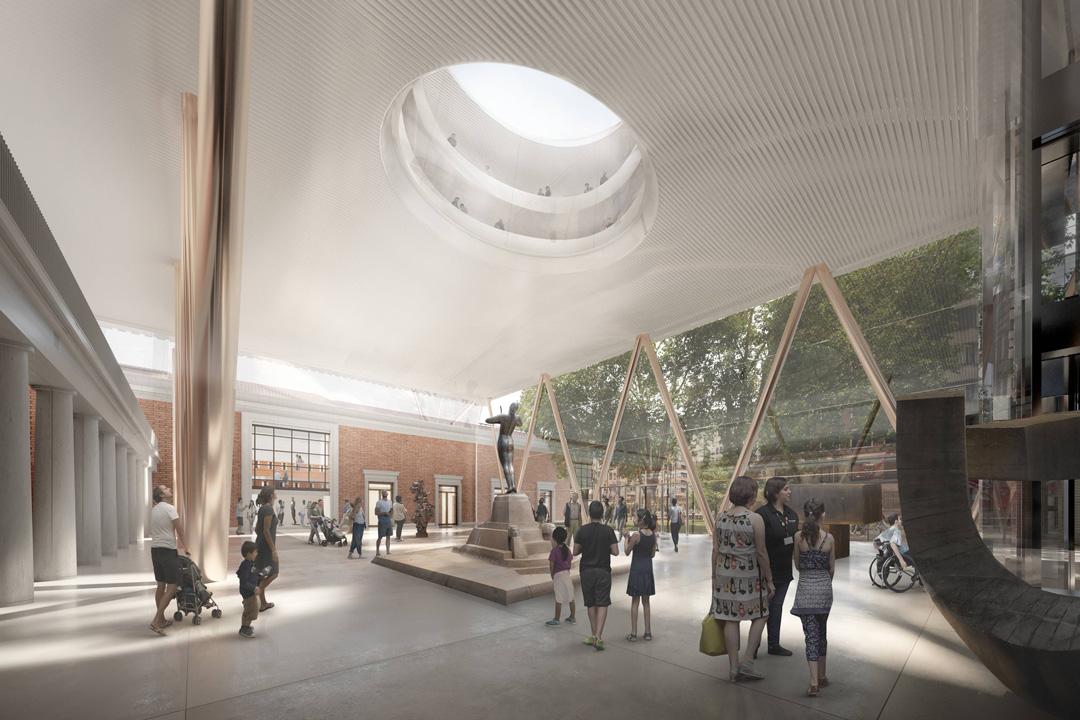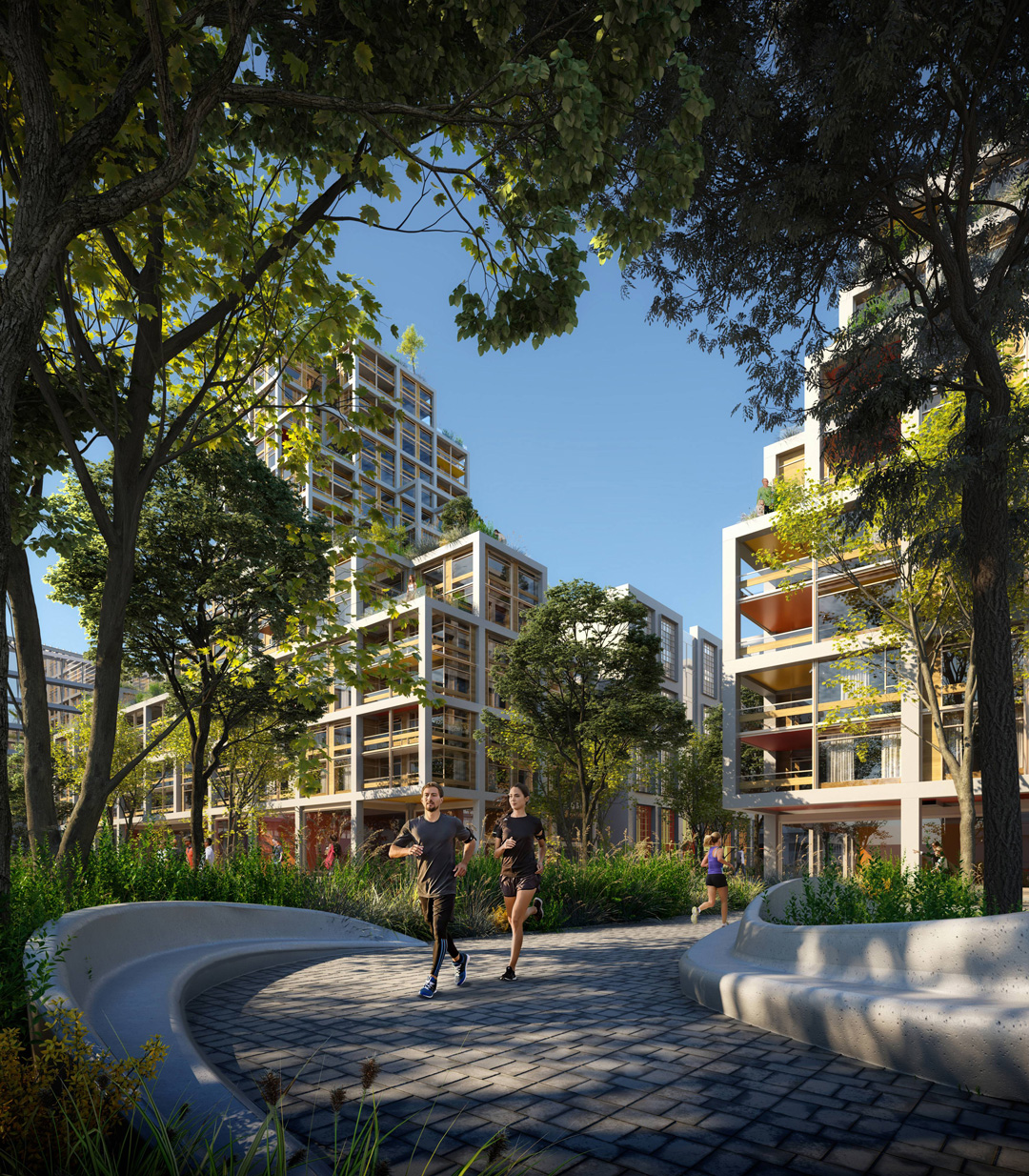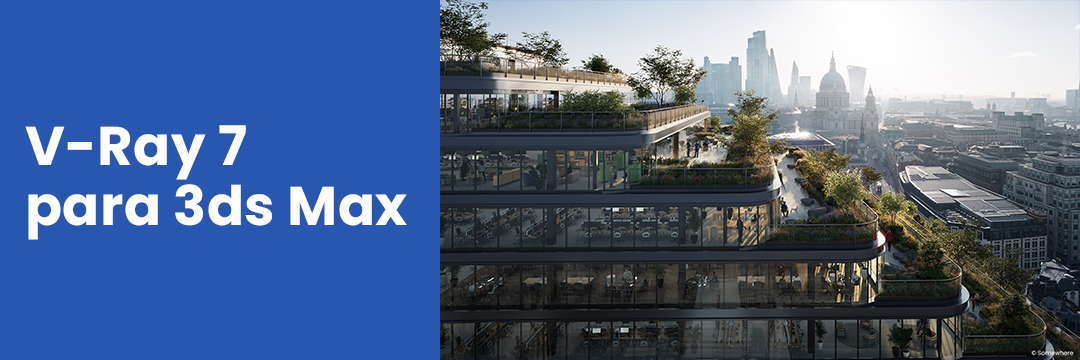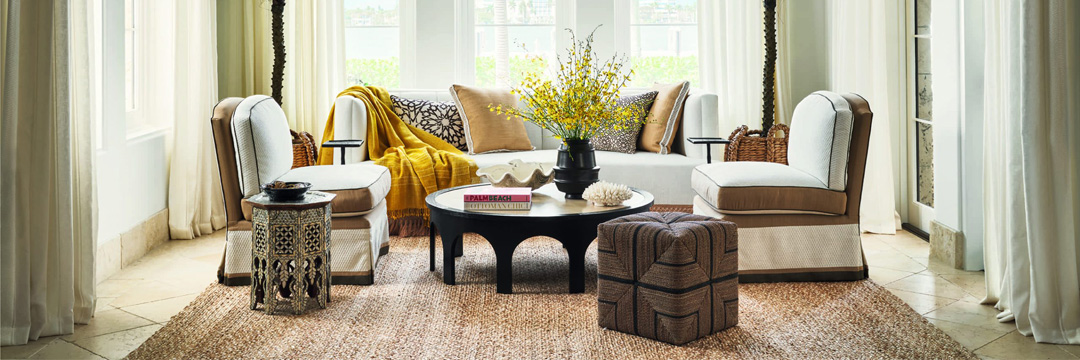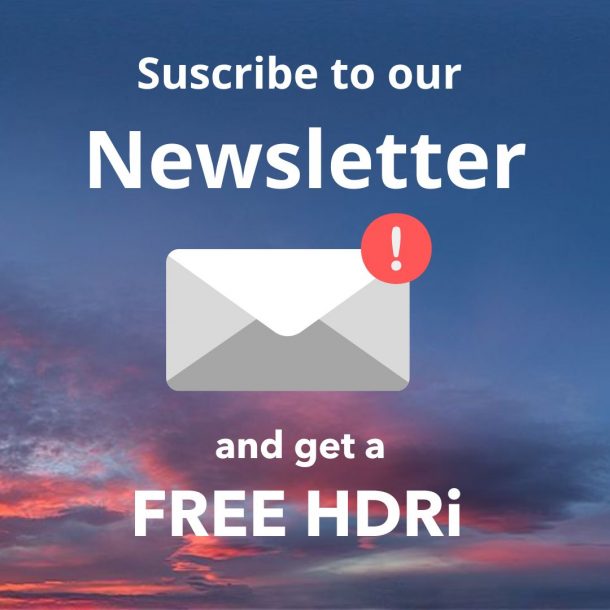A few years ago, I presented in the 3Dsymposium in Madrid, where we met a group of artists from Foster + Partners, few months later 3D Collective received an email requesting an in-house training, it was from Carlos Gómez González, (back then Associate) now Partner of Foster+Partners . That’s when we discovered the Foster+Partners Design Communications department, their involvement in the firm’s project’s, and their desire to expand.
Cut to today, when we contacted Carlos to do this piece, we discovered the great development of the department since then, we talked about culture, creative process and of course, their future plans.
Hope you enjoy this interview as much as we did.
Adán Martín
1- Foster + Partners is one of the leading and most recognized architecture firms in the world, but few people know that you have an in-house Imaging and Communication department. Tell us how this department came about and the dimensions it has within the company today.
Its true that the projection of the team outside of the practice is little known, and here we are trying to change that! It all started with Narinder almost 25 years ago. Early on he built a team around sketching and storytelling through visuals before renders where such a thing. We are currently 23 and growing!
As we have evolved as a larger team we now cover a range of styles being really involved in the design process. We are all designers with different backgrounds, some of us are architects, but we also have interior designers, concept artists, fashion designers, industrial designers… and its through all the synergies of these diverse skills and personalities that we have a wonderful and creative environment in the team. In Design Communications we have the opportunity to work on some of the most exciting projects in the world within Foster+Partners.
2. When did you start working at Foster + Partners and how has your experience been?
I started my journey in Foster + Partners and DC in Feb 2014. When I became an architect, I found I wanted to pursue my passion in design and architecture through visual storytelling.
I find there are so many stories to share about architecture, and how innovative buildings make better places for people and life, and I found early on I could tell these creating 3D artwork in the best practice in the world.
The environment in the office is amazing. It’s such a humbling experience to walk down the Main Studio and see what the most talented people on every discipline around design are up to.
In Foster + Partners Design Communications is one of the specialized teams, the office is built up of architectural studios and these teams. We collaborate with not only architects but structural engineers, experts in parametric modelling, urban designers, modelmakers, industrial and furniture designers… it really feels like a vibrant campus where we all work together sharing the same goals, attention to detail and vision for a sustainable future in architecture.
3. Tell us about your evolution as a 3D artist in the context of a firm like Foster + Partners
I’ve been very lucky to have the chance to work with such an amazing group of artists over the years. Also having the extraordinary opportunity to work on competitions with Norman since I joined.
The work we do and our involvement in the design process is different from other studios. Being inhouse means that are not just visualisers as we have a fundamental role in designing the compositions, developing design, experiences and stories of the projects. From interiors to public spaces, adding value to the design, filling the gaps working together with the architectural teams.
Since I started over 8 years ago, my role has evolved in the team from junior 3D artist, to my current role as Senior Artist and Partner, where I get to be involved in several projects and sharing my experience across many artwork at the same time, I truly believe that you need to surround yourself with people who are better than you, that’s the way you keep learning, challenging yourself and improving.
4. How is your creative process when facing a project?
It all starts with a conversation with the design teams, we like to get involved early on to understand the brief, the site and the client to create specific and tailored experiences we can tell through our artwork.
We discuss how we can help best in the timeframe and depending on deliverables and stage of the project we then create a storyboard to discuss compositions, style and level of detail of the final artwork, from sketch, concept art, matte painting to photoreal.
We then start our research picking clues from the culture, the city, the people of the place… we get inspired by art and film and create our “detective wall” for the project. Where we dive deep and everyone can contribute with their own ideas, research, early sketches and cameras for compositions. This wall used to be a physical wall in our office, but during lockdown we moved to collaborative digital walls, where we can review, discuss together and even present to clients live on any device from anywhere, and we are still using it now that we are back! We like to work together and even if you are not working on a certain project everyone has access to the 10+ projects that are live every week and can contribute ideas to these.
Once agreed on the storyboard, each artist will work on one artwork from beginning to end, however we tend to seek feedback to one another being common to jump onto each others shot to test or tweak something in the composition. We like to write headlines or titles per shot and plan the storytelling early on to make sure we are sending the right messages through the final artwork.
5. Tell us, how is a day in the Design Communications team?
The week starts with everyone being in on Mondays, when we all meet at 9ish to have breakfast together as a team and catch up. This is a great teambuilding moment where we all chat about whats the last season of… we’ve been watching, latest book or movie we liked, hiking trips, exhibitions… makes for a great start to the day/week, with a positive mindset and fresh ideas.
Then at 9.30am we are all ready to plan the week and kickstart the projects, we like to have in person meetings, sketching sessions and live reviews. We have 3 teamwide catch up calls during the rest of the days, we found this the best way to embrace the flexible working allowing everyone to work a few days from home while still being connected.
Smaller group calls and meetings happen during the day, and we make sure nobody is working on their own. Our digital walls have been a great way to stay more connected than ever, and it allows the Creative Democracy in which the best artwork and ideas thrive.
We often have lunch together in our newly opened terrace when the British weather allows it! And we love our macchiatos in the Hub over a good chat.
When working towards a deadline, we make sure everyone is ok with the views and we work together as a team to get over the finish line successfully!
6. Do you have any productivity tricks or tools that you can recommend to our readers?
I find that letting creativity flow free of one single platform can unlock some brilliant ideas. We all have iPad pros, and everyone uses them differently. One thing we found out is how useful it is to early on, over quick cameras, doing thumbnail sized paintovers and sketching in procreate to plan the composition.
Everyone can draw, its something we learn as a child and we tend to forget in our adult life. Its healthy even being a 3D artist to detach yourself from the max screen, take a pen or your drawing tool of choice, every now and then and change the medium to think differently, question your own composition and seek some feedback from your colleagues.
Keeping an open mind when discussing what we want to achieve, even if we can’t find the exact photo or story we want to include, spending some time to plan, model and make it happen. We often end up doing team and practice-wide photoshoots to get the exact pose, perspective, story and lighting we want to tell through the 2D animation.
7. Tell us a little about the company culture of Foster and Partners and how it is reflected in the work and life of your team.
This is such an inspiring place to work and the excellence in design is an ever iterating and challenging process that I think transfers into the work we do.
The life in the campus is an exciting one, with projects all around the world, different expertise being an open and collaborative environment. Design applied to all scales of projects, from masterplans, to the biggest airport in the world to new lamps and designs from our Industrial Design team.
But is not only work, we have amazing project site visits and inhouse CPDs organized often, where we invite specialists of different fields (sustainability, construction, automotive design, art…). I remember recently having one about the engineering and manufacturing of the stone blocks that have accelerated the construction of the Sagrada Familia that I loved!
We enjoy some of the most amazing social events at Foster + Partners (our legendary Christmas Party takes the crown), every Summer we have tennis social in our neighbor Battersea Park, sailing regatta to the Isle of White, the (very competitive) Foster + Partners football worldcup and the usual Friday Albert cheeky pints! Work hard play hard!
We also have our amazing L&D team, which supports our continuous learning and development to stay ahead in the game, we have the possibility to attend conferences worldwide, like when we met in the 3D symposium back in 2016 in Madrid and learnt about photogrammetry (still keep that 3D nectarine!).
We also continue to invite amazing artists to our campus, not only 3D artists, but software developers, architectural photographers, concept artists, matte painters… to share with us the thinking and workflows behind their latest work and arrange bespoke inhouse trainings.
Stay curious!
8. Can you mention any specific Foster + Partners project that has impacted you in a special way? It can be from the past, present and even the future!
Some of my recent favorite ones are still confidential and really push the boundaries of the future of living amongst nature with sustainability at its core. There is a wonderful feeling, not only winning competitions and seeing the teams work get published but also to see some of the projects come to reality.
In 2018 I had the amazing chance to visit New York for a few projects and competitions we were doing in the city and was lucky enough to visit the rooftop of Mies’ Seagram Building and our 610 Lexington Av. I also had to get on the top of the crane to get the best vantage point for site photography of a tower that will change the skyline of New York. Planning of that trip, coordination with the team in London to get the right external viewpoints with the accurate time of day and lighting was quite something. We ended up winning that competition which is on site right now!
There is also something special about working on the projects closer to your heart at home, so I was very happy to take part and see our scheme for the Salon de Reinos for Museo del Prado in Madrid win back in 2014 and the Bilbao Museum of Fine Arts extension more recently. Can’t wait to see these built!
9. Within the department you have a multidisciplinary team, how do you get this reflected in your images.
We have such a diverse team with so many different skills, backgrounds and hobbies, from fashion to electric bicycles (actual cycling lovers may say its not actually cycling), whether youre into drone photography to running marathons, hiking, sailing, Star Wars, stock market, sports, there is always a different conversation!
We like to challenge what we do and work together to try new things, compositions or experimenting with techniques, blending photoreal with matte painting, or concept art leading to moving art.
We keep an open mind when working on the different parts of the world, we always try to capture what each place in the world has that makes it special, and usually there is someone in the practice or in the team that has some local knowledge to share and apply to the work we do. And if we don’t have that local knowledge we organize site trips to fully immerse ourselves into a place (when timing permits!)
10. The Design Communications team is in the process of expansion. What characteristics do you look for in an artist? Is it necessary to have a specific profile?
In all the different positions and skills we have open there is one common characteristic we look for and we share within the team. You have to be passionate and humble about what you do. We are looking for artists that can bring their talent, skills and enthusiasm to a growing team, where the only hierarchy is experience.
We are currently looking for different roles and have these positions open, so not only 3D artists are welcome!
- Storyboard artist
- Concept artist
- Matte Painter
- 3D modeller
- 3D artist
We are all eager to learn and never stand still, quoting Norman here, “The only constant is change”. This means being proactive, developing new techniques, styles and creating amazing artwork while we have a lot of fun doing it!
Check all Foster + Partners open positions here
11. At Foster + Partners, how do you see the future of architectural visualization as a communication tool?
Archviz as such is another step and style of architectural representation which was allowed by technology as a tool to time-travel and bring the image of the finalised building to the viewer. We use it as an integral part of the design process and we see the advent of newer technologies will give us new ways to take us there, so we need to keep experimenting.
Evoking all the senses, movement sound, keep drawing, atmosphere, mood, creativity will always have a place.
If you are interested in knowing more about the work of Foster + Partners, you can visit the following links:
Website
Instragram
Twitter
Linkedin
As always, we invite you to leave any comments or suggestions at the bottom of this page.

